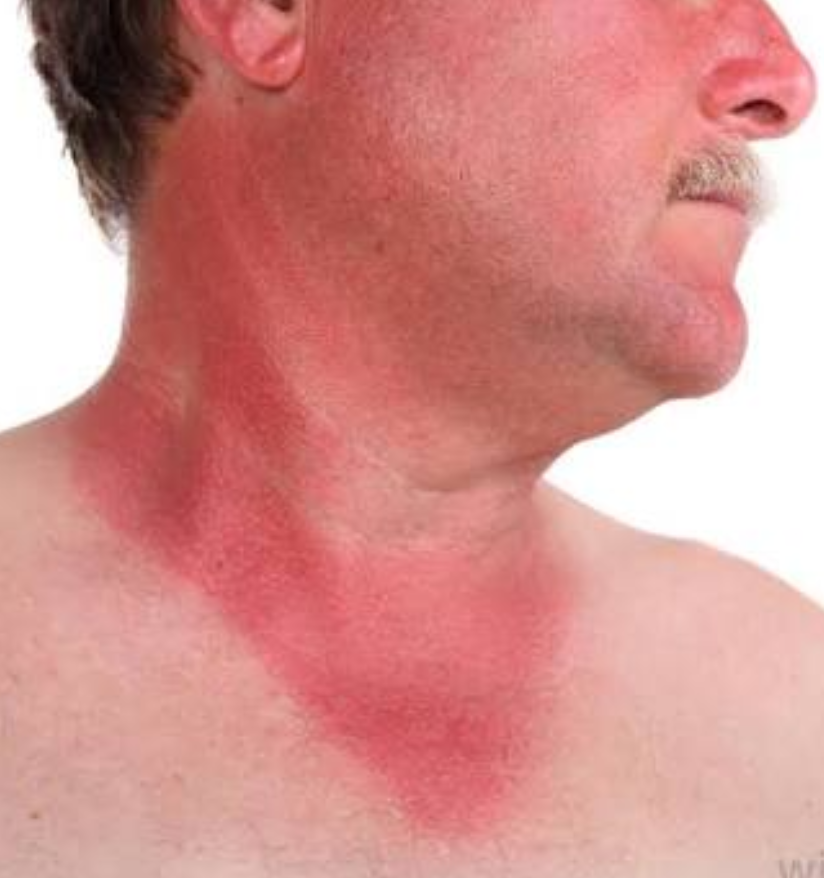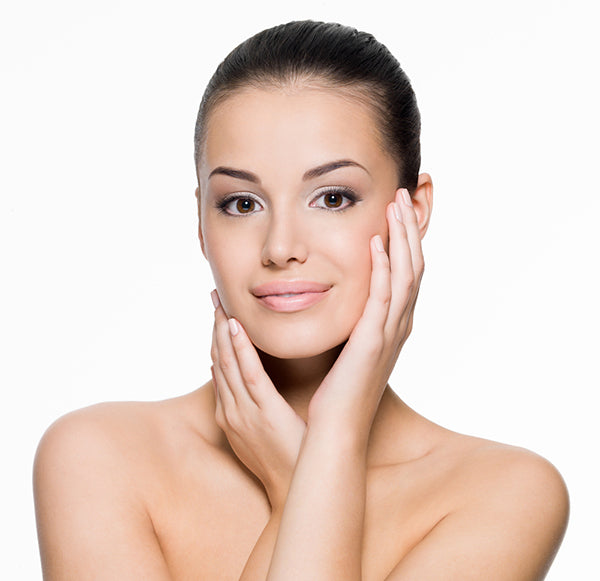
Sep 28 , 2021
This month so many are on holiday and soaking up the sun in sunnier climes. This typical holiday season is also the season of sunburn !
What is exactly a sun burn? Perhaps understanding the meaning may help towards prevention because it is a serious risk factor for skin cancer.
Sun burn is the red and painful skin caused by overexposure to ultraviolet (UV) rays from the sun. Sunburn can vary from mild to severe.
Degrees of sun burn depends on the variations in the intensity of UV radiation passing through the atmosphere, the risk of sunburn increases as you approach the equator. The higher the latitude, the lower the intensity of the UV rays. However, it is also dependant on the sensitivity of your skin, medication you may be taking or any pre existing medical conditions.
Lighter skin burn is red and as severity increases so will pain and blistering. The first indication of damage is redness which is the body’s inflammatory response in situations requiring repair and is a result of dilating blood vessels. The skin will then start to lose moisture and hydration, which will be apparent with a feeling of tightness.
Then the skin cells will start to thicken and melanin pigment will be produced in an attempt to stop the UV rays from penetrating through to the deeper layers and damaging the DNA of the cells. This is the process of tanning.
In fact, the body is excellent at coping with minimal amounts of damage, but if exposure is greater than the body’s ability to repair then more serious consequences may result. Once DNA is damaged in lower cells of the skin, its repair mechanisms are inhibited, skin cancer may occur.
And we are all familiar with the peeling after a sunburn. This is your body’s way of getting rid of the damaged cells that are at risk of becoming cancerous. The problem is the first few burns which will happen at cellular level so you and I wouldn't know it other than our skin being red and sore...or blistered. By which time the damage may have been done and making way for potentially malignant growth.
When your skin is red and warm to the touch...it doesn't need more suncream. It needs cooling down and avoidance of the irritant! Some people slap on more sun lotion and think sun lotion is a remedy for burnt skin. It isn't at all.
After cooling your Skin, it is important to moisturise and hydrate with natural oils and balms that will help nourish and repair the skin.
Check your skin every so often for new moles. Keep an eye on any unusual shapes, colours and growth.
I think this is a good time to have a look at the kind of skin moles you should be aware of. It is always good to check, young or old, as "bad moles" can easily be missed in even teenagers.
If you are not sure of the type of mole, it's best to have it checked. In the mean time remember that protection and prevention is easier than cure!
Be safe out in the sun!



